Plastics cannot replace metal materials, but many properties of plastics have surpassed alloys. And the application of plastic has exceeded the amount of steel, plastic can be said to be closely related to our lives. The plastic family is very rich, there are six common plastics, let's learn about them.
1. PC material
PC has good transparency and general thermal stability. The disadvantage is that the hand feel is not good, especially after a period of use, the appearance looks "dirty". PC plastics also belong to engineering plastics, namely plexiglass, such as polymethyl methacrylate, polycarbonate, etc.
PC is a material that is widely used, such as mobile phone cases, laptop cases, and the like. PC is especially used to make milk bottles, space cups and so on. Baby bottles have been controversial in recent years because they contain BPA. Residual bisphenol A in PC, the higher the temperature, the more released and the faster the speed. Therefore, PC water bottles should not be used to hold hot water.
2. PP material
PP is an isotactic crystal with good thermal stability, but the material is brittle and easy to break, mainly polypropylene material. The microwave lunch box is made of PP plastic sheet, which is resistant to high temperature of 130 °C. This is the only plastic case that can be put in the microwave and can be reused after careful cleaning.
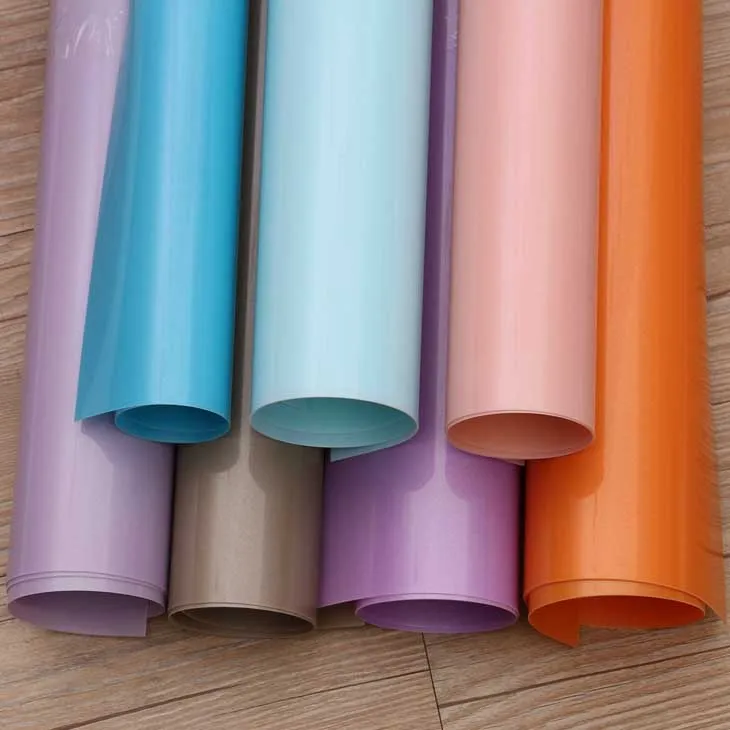
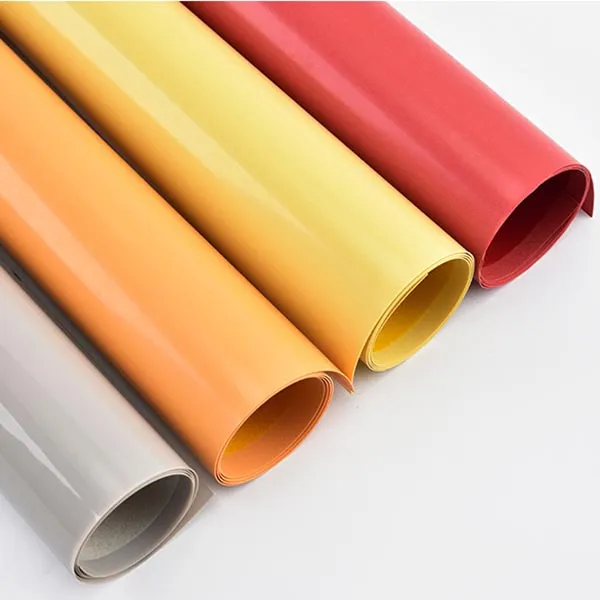
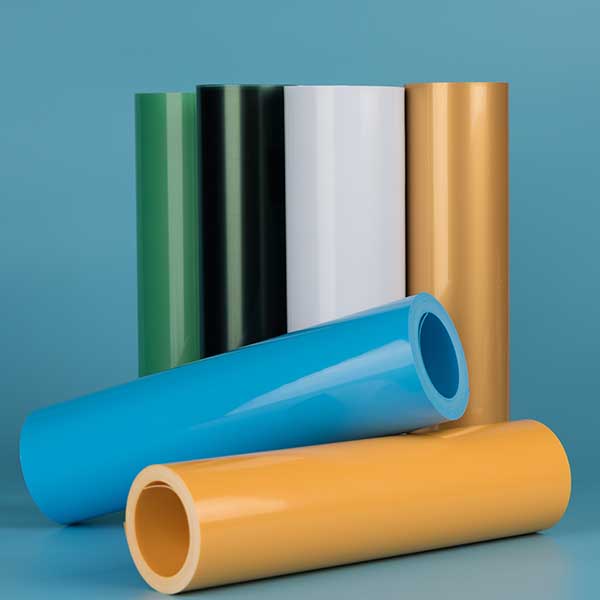
It should be noted that, for some microwave lunch boxes, the box body is made of No. 05 PP, but the lid is made of No. 06 PS (polystyrene). Put them in the microwave together. To be on the safe side, remove the lid before placing the container in the microwave.
3. PVC material
PVC is polyvinyl chloride resin, which is often used to make engineering profiles and daily life plastic products. Common raincoats, building materials, plastic films, plastic boxes, etc. Excellent plasticity, cheap price, but only resistant to high temperature of 81 ℃.
Toxic and harmful substances that are easily produced by plastic products made of PVC. It comes from two aspects, one is the monomolecular vinyl chloride that is not fully polymerized in the production process, and the other is the harmful substances in the plasticizer. These two substances are easy to be precipitated when encountering high temperature and oil, and after the toxic substances enter the human body with food, it is easy to cause cancer. At present, containers of this material have been rarely used for packaging food.
4. PE material
PE is polyethylene. The common cling film, plastic film, etc. in life are all of this material. The heat resistance of PE plastic sheet is not strong. Usually, when the temperature exceeds 110 °C, the qualified PE plastic wrap will have a hot melt phenomenon, which will leave some plastic preparations that cannot be decomposed by the human body.
In daily life, it is necessary to pay attention to wrapping food with plastic wrap and heating, and the fat in the food can easily dissolve the harmful substances in the plastic wrap. Therefore, when food is put into the microwave oven, the wrapped plastic wrap must be removed first.
5. PET material
PET stands for polyethylene terephthalate. Mineral water bottles and carbonated beverage bottles are all made of PET plastic sheets. Beverage bottles made of PET cannot be recycled and cannot be filled with hot water. This material is heat-resistant to 70°C and is only suitable for warm or frozen drinks. It is easy to deform when filled with high-temperature liquid or heated, and there are substances that are harmful to the human body.
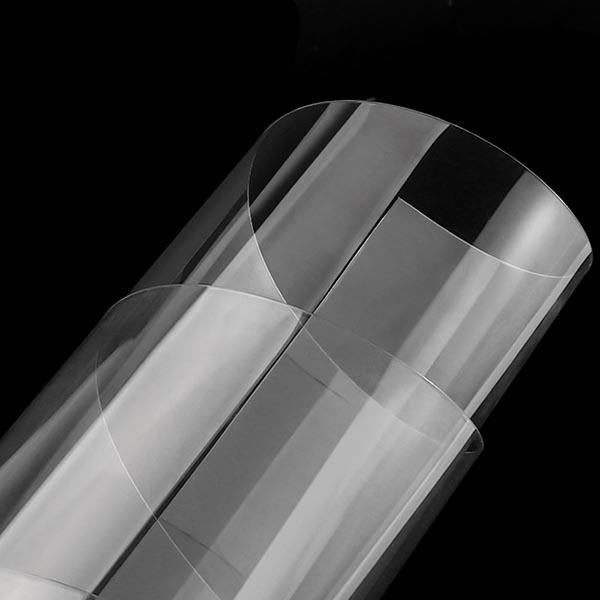
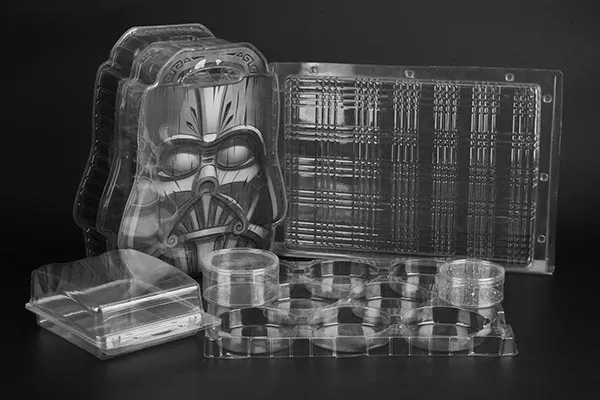
6. PMMA material
PMMA, that is, polymethyl methacrylate, also known as acrylic or plexiglass. It has the advantages of high transparency, low price, easy machining, etc. It is a commonly used glass substitute material. It has low heat resistance and is non-toxic, and is widely used in the advertising sign production industry.
